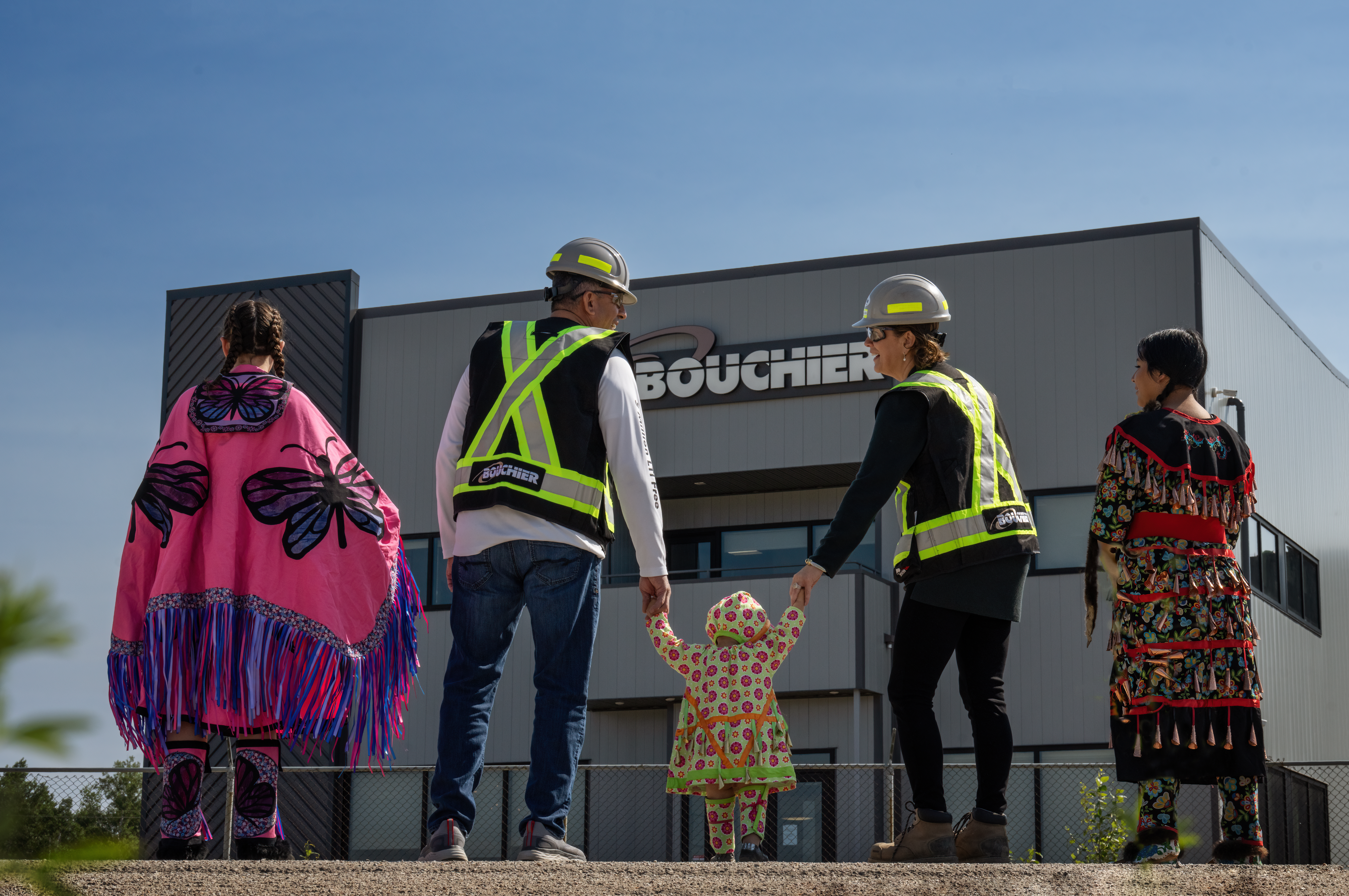Pathways Alliance members’ innovative COSIA-NSERC alliance grant at Carleton University
April 1, 2025

Pathways Alliance members have a four-year Alliance Grants program in collaboration with Carleton University, co-funded by the Natural Sciences and Engineering Research Council of Canada (NSERC).
This research initiative aims to develop advanced metrics for assessing the stability of fine tailings throughout the lifecycle of a tailings facility, a crucial step toward the safe closure and reclamation1 of these facilities. The program is led by Environmental Engineering Professor Paul Simms at Carleton University’s Department of Civil and Environmental Engineering and involves a large, multidisciplinary research team. This initiative is meant to complement other oil sands industry efforts focused on the safe reclamation and closure of tailings facilities.
Oil sands tailings are the by-product of the bitumen extraction process and are stored in tailings facilities. These facilities include both mined-out pits and above grade storage structures. While the large sand particles in the tailings settle quickly, the finer particles and process water form fine tailings. These fine tailings, primarily composed of clay particles, settle more slowly than sand particles and have varied properties.
Depending on the closure strategy, fine tailings can be reclaimed into terrestrial or aquatic landforms. Terrestrial closure involves treating and capping the tailings with materials, such as sand or petroleum coke, before adding soil to create forests and wetlands. Aquatic closure transforms fine tailings into functional lakes by capping them with water and stewarding them until they can support plant and animal life.
The focus of tailings management is to enable facilities to be safely closed, deregistered, and certified for acceptable land use after mining operations cease.
“This new research program will add to our current understanding of the long-term stability of fine tailings when they are incorporated into the final closure landscape,” says Adedeji Dunmola, Specialist Geotechnical Advisor at Suncor, a Pathways Alliance member company.
“The neat thing about this research program is that we’re building on previous work with Dr. Simms and his team. Since 2012, we’ve collaborated with him on two previous tailings research programs, and this third program builds on earlier learnings,” Dunmola notes. “The oil sands industry is large and complex, and it takes time to build this level of knowledge and understanding. This work is intended to further enhance our capacity to make sound decisions related to the reclamation and closure of oil sands fine tailings deposits.”
To help the program succeed, Dunmola chairs a Research Advisory Committee comprised of experts from Pathways member companies. The committee regularly meets with the research team to monitor progress, provide technical input, and assist with logistics and materials. “This integration helps enable the learnings from the research program to be easily adopted by the industry into its current operations and closure plans,” Dunmola says.
The safety of tailings facilities is a top priority for the oil sands mining industry, and the results from this research will be applicable to other mining sectors as well. “While ore bodies vary from site to site, there are generalities with some tailings properties,” Dunmola explains. “Any knowledge we gain from this research program should easily translate to other mining operations and jurisdictions around the world.”
1 The terms reclaimed and reclamation are used in this article to reference to the activities of reclamation and don’t necessarily indicate “Permanent Reclamation” or “Certified” land status have been designated as per the Alberta Energy Regulator’s (AER) Specified Enactment Direction (SED) 001 and 003.


